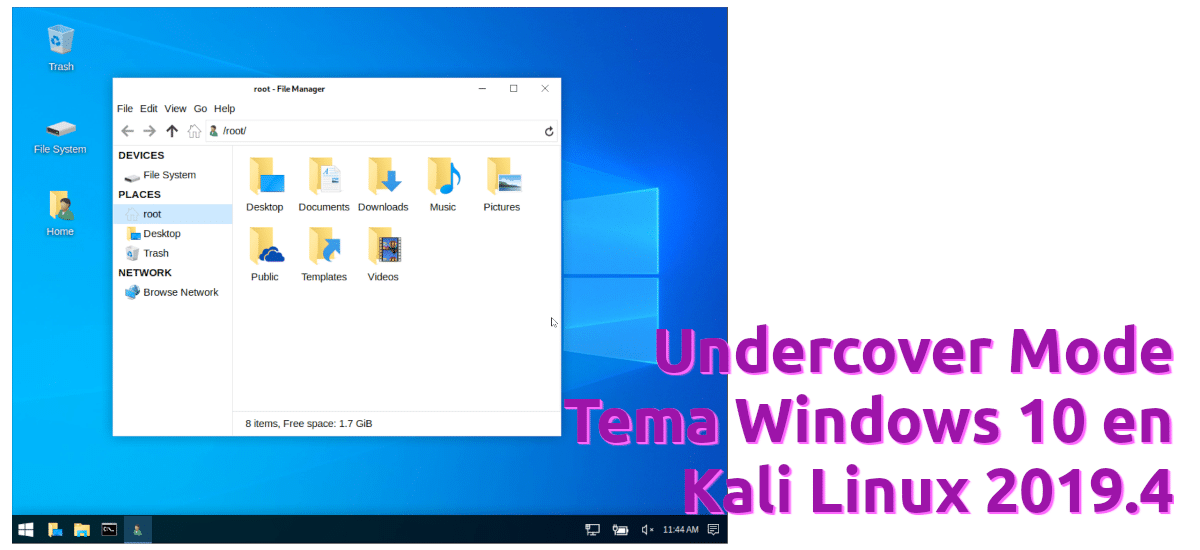

If the partition is mounted, then the operating system might not allow dd to overwrite the partition/disk.īefore you can boot Kali on your Mac, you probably need to go into MacOS Recovery and use the Startup Security Utility to set it to "No Security" and "Allow booting from external media". This is probably also why Rufus is not giving you the option to write just into a specific partition.Īnd yes, what you see when accessing the image as an ISO9660 filesystem may be different from how it looks like when written onto a non-CD disk device. All this will probably be done automatically for you if you write the Kali image into the whole-disk device. The ESP filesystem type must be FAT32 (or specifically on Macs, HFS will also work): ExFAT will not work unless Apple has added specific UEFI boot support for it. Note that if you want Kali to be bootable on a modern Mac that uses UEFI, one partition for Kali is not going to be enough: you will also need a small ESP (EFI System Partition) that will contain Kali's bootloader. Once you've done that, you should be able to use partition management tools to make the unused space available as an ExFAT partition. I’m not gonna bother you on how to proceed on this step, but start here: $ sudo dd if= > EFI > Kali > System > Library > CoreServices > boot.Dd'ing the Kali ISO image to a partition may not work, because if the ISO image has been prepared for use on non-CD drives also, it already contains a partition table: you'll need to dd it into the whole-disk device ( /dev/sddisk2). USB Live installationįirst of all, install Kali on a USB stick by following this tutorial. This tutorial was heavily inspired by this tutorial with proper fixes for Kali.


A target USB stick, SD card or an SSD external drive where you’re going to install Kali (16GB and USB 3.0 recommended).Mac OS only recognizes HFS+ partitions along with some files needed for it. The problem when you perform a Kali installation on a USB stick is that Kali partitions the disk with the VFAT file system. This is not intended to perform a Live Kali installation with persistence. This tutorial is for everyone who wants a USB stick with a full Kali installation to use with your Mac(s). By Flavio De Stefano How to install Kali on a USB stick with pure EFI boot on a Mac (and let’s throw in virtualization via USB on Virtualbox, too) Photo by Jessy Smith on Unsplash


 0 kommentar(er)
0 kommentar(er)
